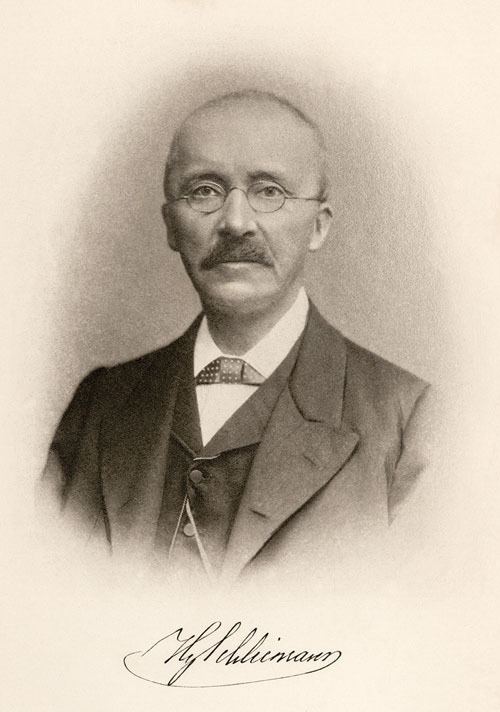 | ||
Treasure hunting is the physical search for treasure.
Contents
In modern times
In recent times, the early stages of the development of archaeology included a significant aspect of treasure hunt; Heinrich Schliemann's excavations at Troy, and later at Mycenae, both turned up significant finds of golden artifacts. Early work in Egyptology also included a similar motive. Modern amateur treasure hunters use relatively inexpensive metal detectors to locate finds at terrestrial sites.
Underwater archaeologist and sometime treasure hunter Peter Throckmorton, in a paper he wrote in 1969 as part of a Historical Archaeology Forum on E. Lee Spence's salvage of a Civil War blockade runner, addressing the question of whether treasure hunting and archaeology are in conflict, stated: The foregoing discussion may seem like an attack on Mr. Spence. I do not mean this to be so. A whole new branch of archaeology, that of Mycenaean studies, was founded by Heinrich Schliemann, who also had the courage to remember his dreams ··· It is right to dream, and it would be the worst kind of mistake on the part of the state to discourage the big dreams of men like Mr. Spence, and to let a project requiring that sort of enterprise fall into the hands of what Mr. Spence's friend terms "some bloody historical society" which might lay the dead hand of unimaginative and stereotyped thinking on Mr. Spence's courage and ability. In 1972, Spence and Throckmorton, along with three other men, were awarded the degree of Doctor of Marine Histories by the College of Marine Arts on July 16, 1972, becoming first people in the world to be awarded a doctorate for work in marine archaeology.
More recently, most serious treasure hunters have started working underwater, where modern technology allows access to wrecks containing valuables, which were previously inaccessible. Starting with the diving suit, and moving on through Scuba and later to ROVs, each new generation of technology has made more wrecks accessible. Many of these wrecks have resulted in the treasure salvage of many fascinating artifacts from Spanish treasure fleets as well as many others.
Treasure hunting is condemned by a growing number of nations, and UNESCO issued a chart for the protection of the underwater cultural heritage in 2001: the UNESCO Convention on the Protection of the Underwater Cultural Heritage. This convention is a legal instrument helping states parties to improve the protection of their underwater cultural heritage. In 2013 the National Geographic Channel set off a firestorm of controversy with its reality show "Diggers." Professional archaeologists from the Society for Historical Archaeology, the largest scholarly group concerned with the archaeology of the modern world (A.D. 1400–present), roundly criticized the network for promoting the theft of cultural materials on public and private land.
